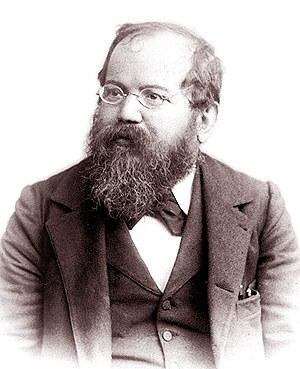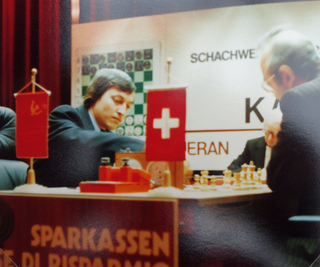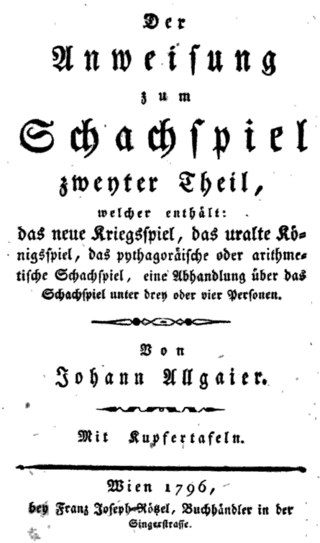The King's Indian Defence is a common chess opening. It is defined by the following moves:

The World Chess Championship 1972 was a match for the World Chess Championship between challenger Bobby Fischer of the United States and defending champion Boris Spassky of the Soviet Union. The match took place in the Laugardalshöll arena in Reykjavík, Iceland, and has been dubbed the Match of the Century. Fischer became the first American born in the United States to win the world title, and the second American overall. Fischer's win also ended, for a short time, 24 years of Soviet domination of the World Championship.
The Caro–Kann Defence is a chess opening characterised by the moves:
Rosendo Carreon Balinas Jr. was a chess grandmaster from the Philippines. FIDE awarded him the International Master title in 1975 and the International Grandmaster title in 1976. He was Philippines' second chess grandmaster. Balinas was a lawyer by profession, as well as an award winning chess writer and journalist.
In chess, the Scheveningen Variation of the Sicilian Defence is an opening that is a line of the Open Sicilian characterised by Black setting up a "small centre" with pawns on d6 and e6. There are numerous move orders that reach the Scheveningen; a common one is:
In chess, the Dragon Variation is one of the main lines of the Sicilian Defence and begins with the moves:
The Balogh Defense is an unusual chess opening beginning with the moves:

The World Chess Championship 2010 match pitted the defending world champion, Viswanathan Anand, against challenger Veselin Topalov, for the title of World Chess Champion. The match took place in Sofia, Bulgaria from 24 April to 13 May 2010, with a prize fund of 2 million euros. Anand won the final game to win the match 6½–5½ and retain the title.

The World Chess Championship 1886 was the first official World Chess Championship match contested by Wilhelm Steinitz and Johannes Zukertort. The match took place in the United States from 11 January to 29 March, the first five games being played in New York City, the next four being played in St. Louis and the final eleven in New Orleans. The winner was the first player to achieve ten wins. Wilhelm Steinitz won the match 10–5, winning his tenth game in the twentieth game of the match. There were five draws.

The World Chess Championship 1889 was the second official World Chess Championship, and was between Wilhelm Steinitz and Mikhail Chigorin. It took place in Havana, Cuba. Steinitz defended his world title, and was the first of the two players to reach 10½. He won the match 10½-6½.

The third World Chess Championship was held in New York City from 9 December 1890 to 22 January 1891. Holder Wilhelm Steinitz narrowly defeated his Hungarian challenger, Isidor Gunsberg.

A World Chess Championship was played between challenger Max Euwe and title-holder Alexander Alekhine in various cities and towns in the Netherlands from 3 October to 16 December 1935. Euwe was the winner by overcoming a three-point deficit as late as the ninth game.

The 1978 World Chess Championship was played between Anatoly Karpov and Viktor Korchnoi in Baguio, Philippines, from July 18 to October 18, 1978. Karpov won, thereby retaining the title.

The 1981 World Chess Championship was played between Anatoly Karpov and Viktor Korchnoi in Merano, Italy from October 1 to November 19, 1981. Karpov won with six wins against two, with 10 draws. The two players had already played against each other in the World Chess Championship match 1978 in the Philippines, when Karpov also won.

Johann Baptist Allgaier was a German-Austrian chess master and theoretician. He was also the author of the first chess handbook in German – Neue theoretisch-praktische Anweisung zum Schachspiel.
The 1992 Fischer–Spassky match between former world chess champions Bobby Fischer and Boris Spassky was billed as a World Chess Championship, though it was an unofficial rematch of their 1972 World Championship match. Fischer won 10–5, with 15 draws.

The World Chess Championship 2016 was a chess match between the reigning world champion Magnus Carlsen and the challenger Sergey Karjakin to determine the World Chess Champion. Carlsen had been world champion since 2013, while Karjakin qualified as challenger by winning the 2016 Candidates Tournament. The best-of-12 match, organized by FIDE and its commercial partner Agon, was played in New York City between 10 and 30 November 2016.

The World Chess Championship 2018 was a match between the reigning world champion since 2013, Magnus Carlsen, and the challenger Fabiano Caruana to determine the World Chess Champion. The 12-game match, organised by FIDE and its commercial partner Agon, was played at The College in Holborn, London, between 9 and 28 November 2018. The games were broadcast on worldchess.com and by NRK.
The 15th season of the Top Chess Engine Championship began on the 6 March 2019 and ended on 12 May 2019.
The 16th season of the Top Chess Engine Championship began on 15 July 2019 and ended on 13 Oct 2019.









